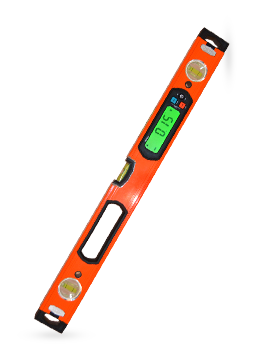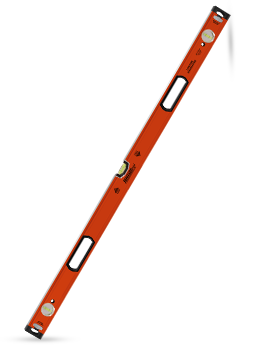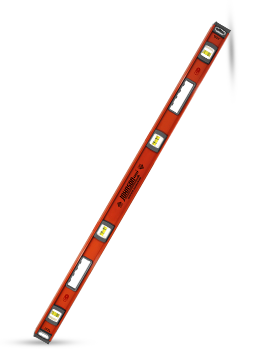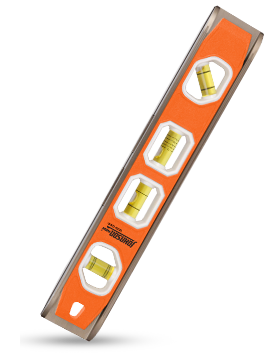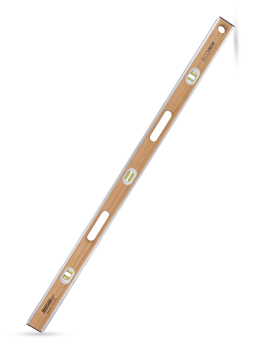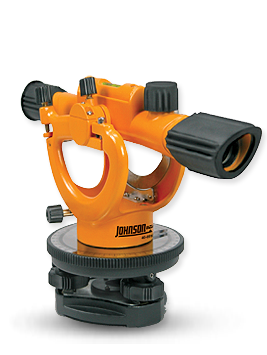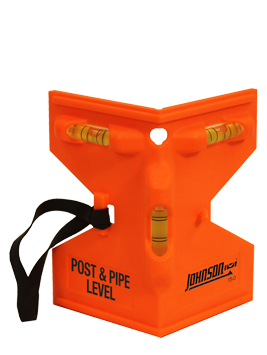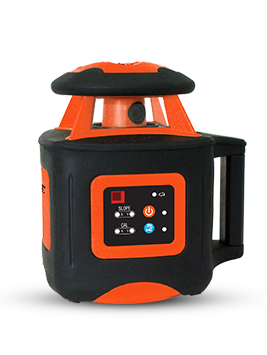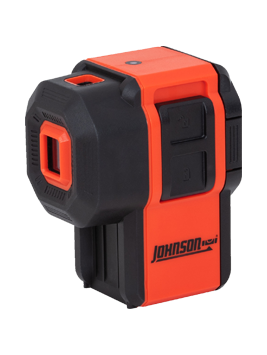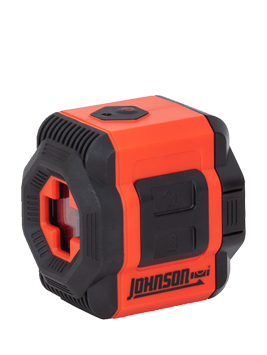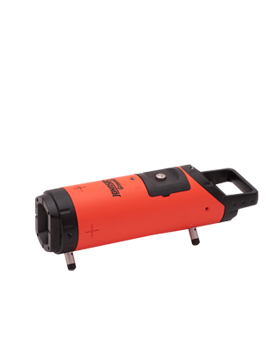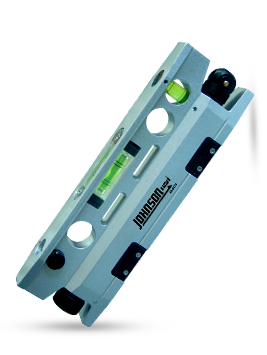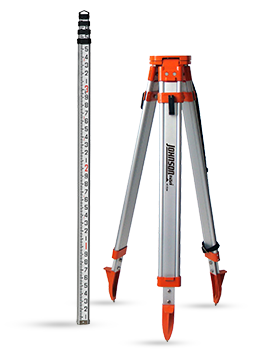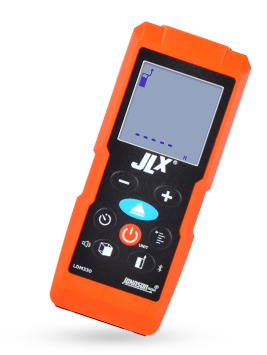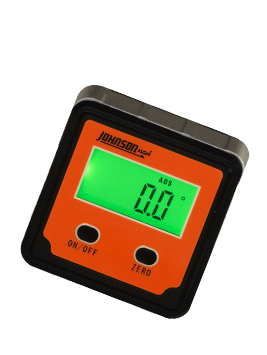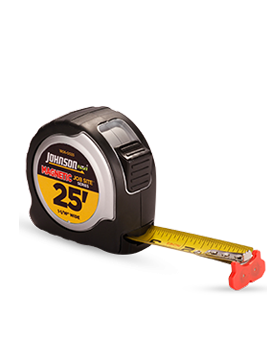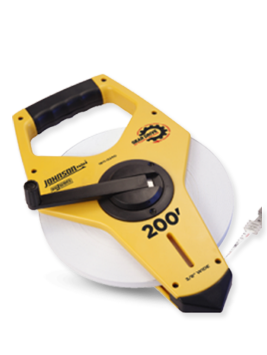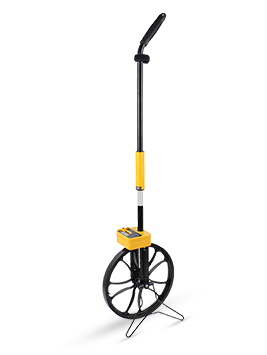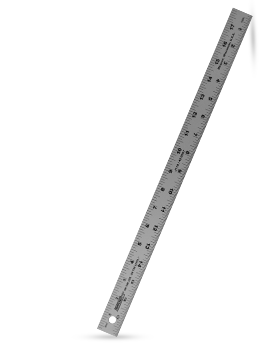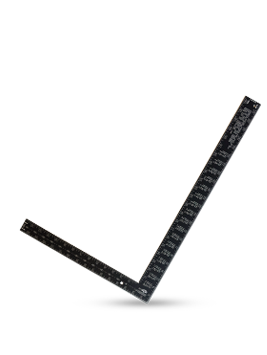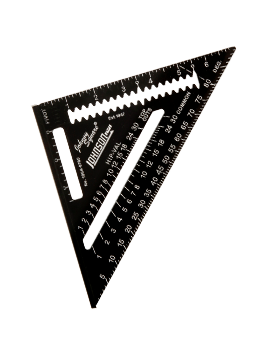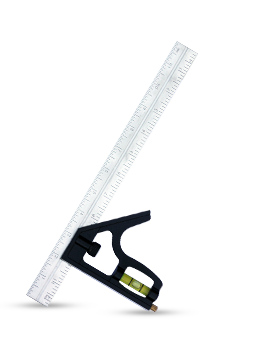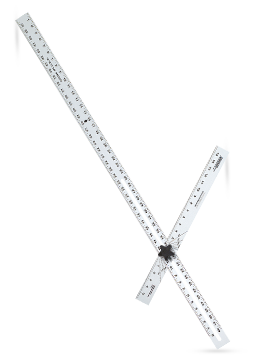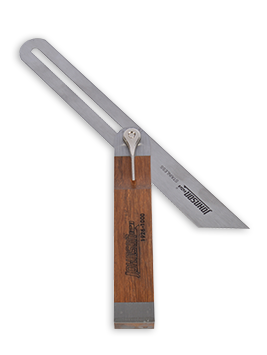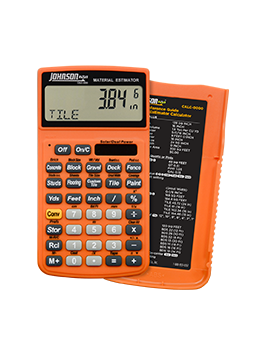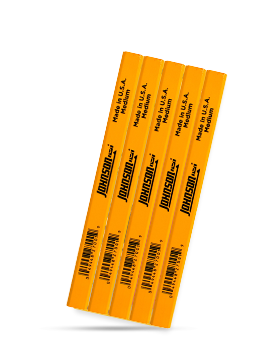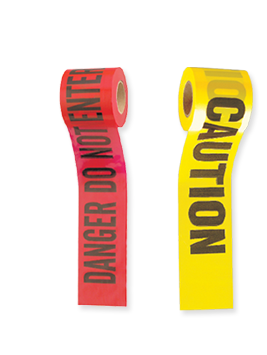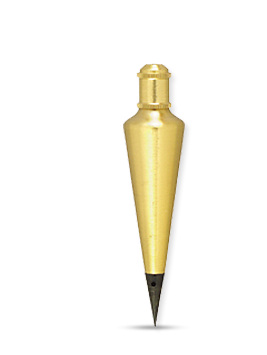Adoption of Lasers in the Construction Industry
In recent years, the construction industry has been adopting laser technology for purposes of leveling, aligning and other traditional manual processes.
The use of laser technology in the construction industry is becoming more and more popular, especially among those contractors working on larger-scale commercial projects. The trend towards laser use is bolstered by the fact that it expedites traditional manual processes, such as leveling, aligning, plumbing and squaring. In addition, laser technology is providing new advantages in areas such as excavation and pipe installation, with the promise of further developments to come. Hoping to capitalize on contractor demand, a host of laser equipment manufacturers have emerged offering low-power, yet technically visible, lasers to construction contractors in relatively inexpensive packages.
Construction lasers are low-powered for purposes of safety. Federal regulations set minimums for construction lasers at two classes, and even the brighter of these two classes is safe enough for the human eye, provided a person doesn't stare directly into the beam. However, the low-power rating also brings with it the disadvantage of being harder to detect in sunlight. The lasers available for construction purposes are difficult to spot outdoors and, oftentimes, require detectors to locate. Most construction lasers are dot lasers, projecting a single dot rather than a continuous beam, regardless of what illustrations in advertisements may show. In order to be visible, the output of the laser must reflect off a target and, unless the job site happens to be shrouded in a heavy fog, a solid laser beam shining through the air will not be seen.
Contractors should be aware that the accuracy level for construction lasers varies from model to model. Most construction lasers have an accuracy between 1/32" – 1/4" at a distance of 100 feet. When purchasing a laser, be sure to review the manufacturer's specifications carefully. If shopping for a laser that can make accurate marks over a great distance, look for equipment with leveling accuracies measured in "arc-seconds." If typical work is with shorter distances, keep in mind that a dot laser, used alone, can only project one dot in any one direction. The number of times that it will have to be set up to level a longer distance will determine whether or not this type of laser is useful for your purposes. If the job requires turning corners while maintaining the same elevation, accessories will have to be purchased as well. This may include items such as a swivel base or a beam splitter. Beam splitters use prisms to divide laser beams at 90 degree, or 180 degree, angles. Several manufacturers make full and semi self-leveling instruments that incorporate beam splitting to provide several dots aligned at right angles. Because these devices are self-leveling, the set-up time for each is much shorter. This advantage in set-up speed goes a long way towards paying off the cost of the instruments.
Another type of construction laser that has been around for some time is the rotary laser. It recently has come down in price, thanks to the use of diodes in its manufacturing. Rotary lasers are more appropriate for interior construction. Commercial drywall and ceiling contractors have been the biggest market for this type of equipment. Most rotary lasers have a diode that projects a beam straight up and an angled mirror that directs the beam horizontally. When the angled mirror rotates, the moving dot it projects creates a circular line around the instrument. The energy of the light is dispersed over a greater space along this line and, as a result, it is dimmer than when all of its energy is concentrated on one point. For this reason, low-end rotary lasers aren't bright enough for exterior work without the use of an electronic detector. Some rotary models split the beam so half of it shines straight up. While this further decreases the visual brilliance of the beams, it provides a useful plumb reference for interior work. There are even a few lasers that rotate a single dot using a hand-held controller. Because the beam itself does not rotate, the laser tends to be brighter outdoors, although still difficult to spot in direct sunlight.
The use of construction lasers has recently been expanded to include such tasks as the operation of excavation machinery and even the location of instruments. As far as excavating is concerned, there are a few laser products currently available that augment the exactitude of digging machinery. By linking excavators, graders and paving equipment to on-site laser beacons, global positioning satellites and other electronic systems, operators now have easy to read coordinates for digging. A combination of laser beams and mounted sensors calculates bucket angles and then relates this information back to the operator's control panel. This gives the operator his exact bucket depth and angle relative to the project's desired grade or depth. Instead of requiring one or two grade checkers to make periodic measurements while the operator halts digging, the laser-guided system allows the operator to work continually without spotters. These products can also let operators work "blind", allowing them to dig in less-than-optimum conditions, such as when a trench is filled with water that obscures the bucket's location and the depth of the cut. As a result of these advantages, construction contractors are using lasers more regularly to provide more accurate methods for trenching, road paving, excavating and installing drainage pipes.
Other uses for lasers in the construction industry are in development. One which will soon be commonplace is the use of this technology to inventory equipment. Though necessary, taking stock of construction inventory is currently a costly process. This is because conventional inventory methods require work stoppage during their execution. Now, with the advent of laser technology, construction equipment can be labeled with bar codes that are readable by laser pens and traceable by global positioning systems, allowing them to be recorded and located quickly, cutting down on a traditionally time-consuming process. As lasers continue to play a larger role in the construction industry, even more innovative uses of this technology are sure to emerge.
